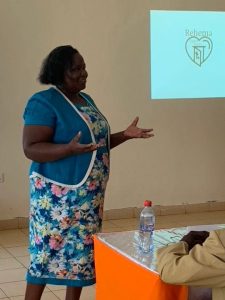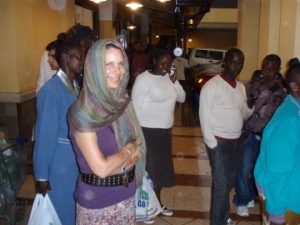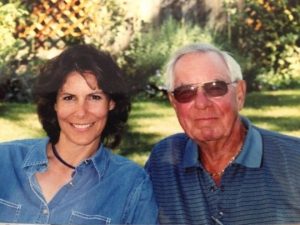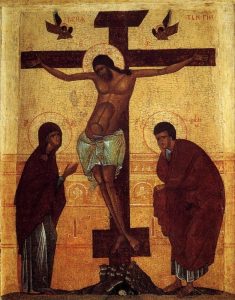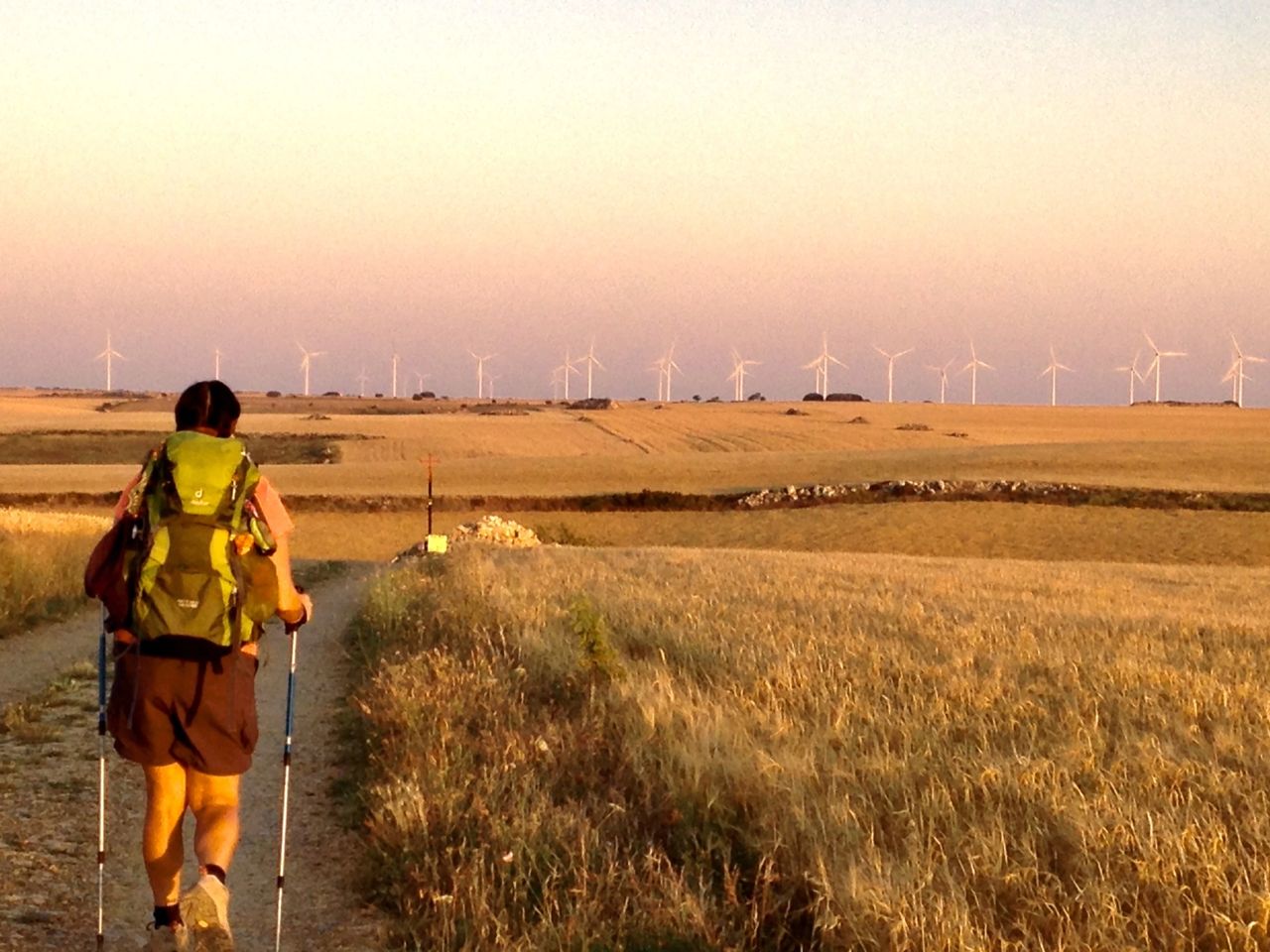
Walking through endless wheat fields in Spain 2014
“…unless a grain of wheat falls into the earth and dies, it remains alone, but if it dies it bears much fruit” (John 12:24).
Jesus’ words from the Gospel of John served as the epigraph of Fyodor Dostoevsky’s exquisite novel, The Brothers Karamazov, and are inscribed on Dostoevsky’s tombstone at the Aleksander Nevsky monastery in his beloved St. Petersburg. In the novel, Father Zossima quotes Jesus in John 12:24, “unless a grain of wheat falls into the earth and dies, it remains alone, but if it dies it bears much fruit”. Father Zossima understands that Jesus is predicting His Passion (his suffering and death). Father Zossima also knows that it is his life in Christ which will bring forth much fruit, even after his own death.
Today, Holy Saturday, the Christian Church finds herself in a strange place. This is a “between” day—holding the tension of Christ’s death on Good Friday and His resurrection from death on Easter Sunday. Sometimes it is in looking back that we can see more clearly the path we’ve been on. We journey for forty days, excluding the four Sundays, through the season we call Lent. Lent is the season of preparation, pilgrimage and letting go as we journey with Christ to His cross. It is a time of muted beauty and paradoxes. The inside of the church becomes more stark—the colors on the altar darker, the alleluias and glorias are silenced and the hymns reflect sorrow over sin and Christ’s Passion. No flowers adorn the sanctuary and on the third Sunday in Lent, the crosses are draped in black. Ironically, in the midst of this stark season, spring erupts. Flowers push up through the soft soil, verdant grasses cover the hillsides, the light lingers longer in the evening. It is as if the earth knows the paradoxes as well. For the most part, the world ignores the sacredness of Easter—retailers and advertisers hop right into Easter bunnies, pastel eggs, chocolates and whatever else they can entice us to buy.

Hillside in Northern California, 2021
And yet, The Church enters the final week of Lent, Holy Week, and we slow our pace even more just as Christ slows His pace and His final steps to the cross. Holy Week is the week of Christ’s Passion. His suffering. His slow and tortured walk to the cross, culminating in His bloody death on Good Friday. We call it “Good” Friday because the fruit of Christ’s death is Love’s immensity: Unblinking. Unapologetic. Tortured. Pure. A terrible beauty. His death is our life. The seed falls.
“…unless a grain of wheat falls into the earth and dies, it remains alone, but if it dies it bears much fruit” (John 12:24).
Today, Holy Saturday we sit vigil as we might sit next to a sick child or a loved one close to death. Christ is in the tomb. He declares victory over sin, death and the devil. We need not fear. We know the rest of the story. Tomorrow, Easter Sunday, we will celebrate the resurrection, remembering that resurrection requires death. The alleluias, glorias, and hymns of praise will reappear. Flowers will adorn the sanctuary just as they do the hillsides. But today we wait.
The Death of Death
Scott Cairns after Saint Athanasius (c. 298-373)
Put fear aside. Now
that He has entered
into death on our behalf,
all who live
no longer die
as men once died.
That ephemeral occasion
has met its utter end.
As seeds cast to the earth, we
will not perish,
but like those seeds
shall rise again—the shroud
of death itself having been
burst to tatters
by love’s immensity.

